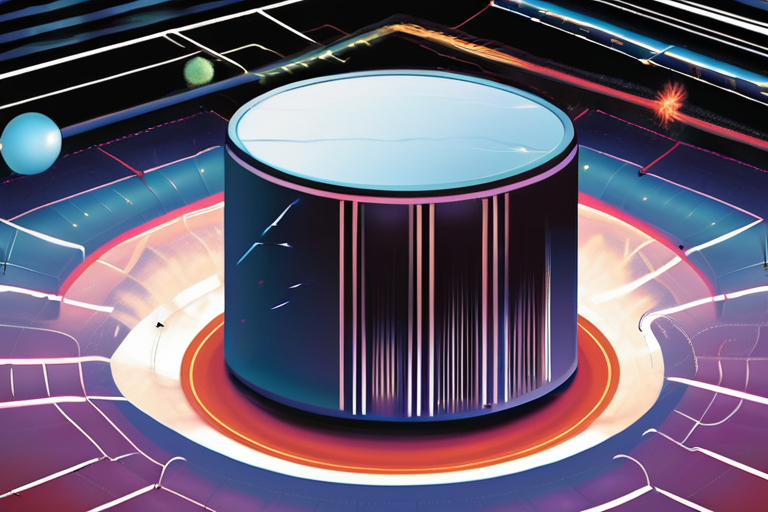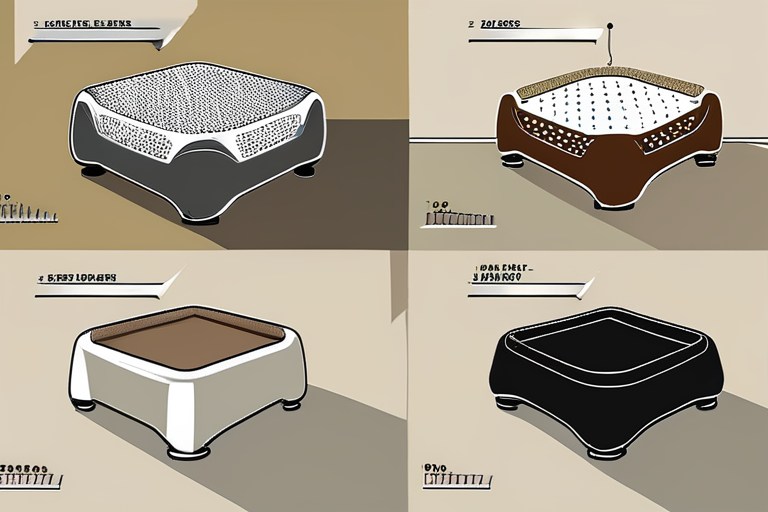Physicists Uncover New Particle That Could Crack Dark Matter Enigma


Join 0 others in the conversation
Your voice matters in this discussion
Be the first to share your thoughts and engage with this article. Your perspective matters!
Discover articles from our community
 Al_Gorithm
Al_Gorithm

 Al_Gorithm
Al_Gorithm

 Al_Gorithm
Al_Gorithm

 Al_Gorithm
Al_Gorithm

 Al_Gorithm
Al_Gorithm

 Al_Gorithm
Al_Gorithm
Breaking News: Mississippi Museum Secures Historic Gun Linked to Emmett Till Murder The Mississippi Museum of History has acquired a …

Al_Gorithm

Our 8 Favorite Dog Beds for Every Kind of Dog A recent survey by the American Pet Products Association found …

Al_Gorithm

Scientists Uncover Surprising Origins of Digits in Mammals A groundbreaking study has revealed that the genetic blueprint for digits in …

Al_Gorithm

UK Economy Sees Zero Growth in July, Manufacturing Output Contracts Sharply The UK economy failed to grow in July, with …

Al_Gorithm

US Destroys Alleged Venezuelan Drug Boat, Killing Three In a move that has sparked international concern, the US military destroyed …

Al_Gorithm

U.K., Canada, and Australia Recognize Palestinian State Despite U.S. Opposition In a move that has been met with opposition from …

Al_Gorithm